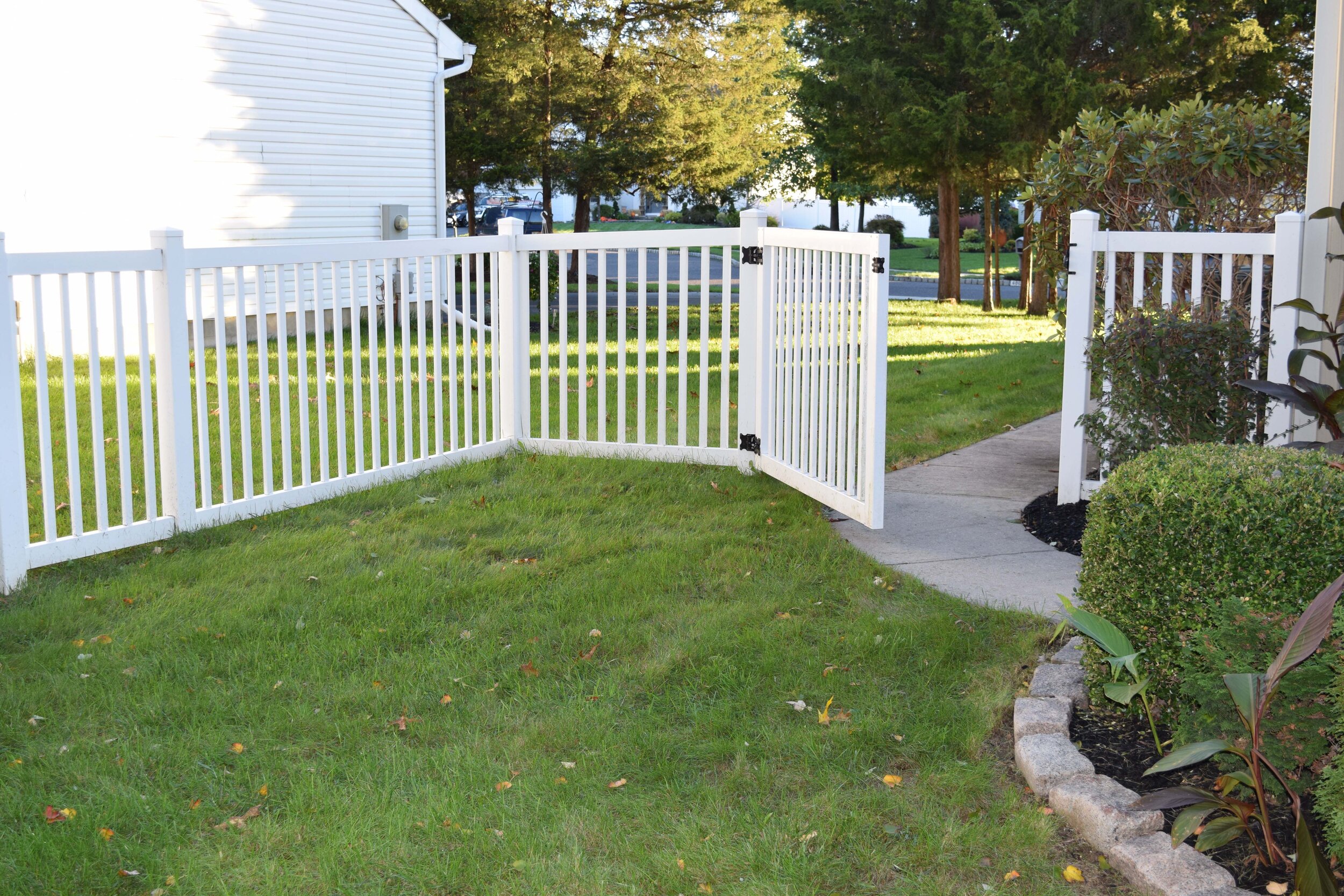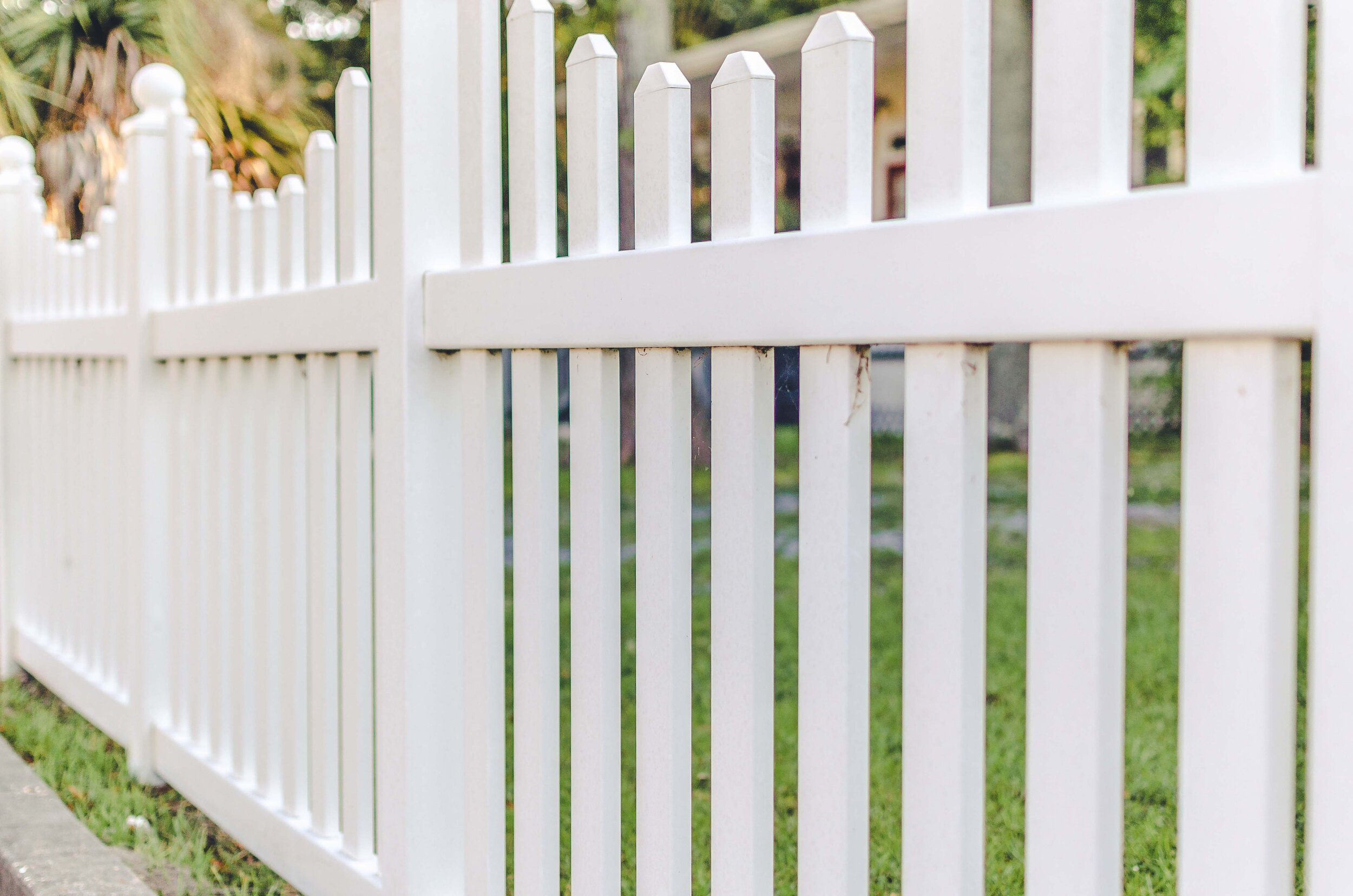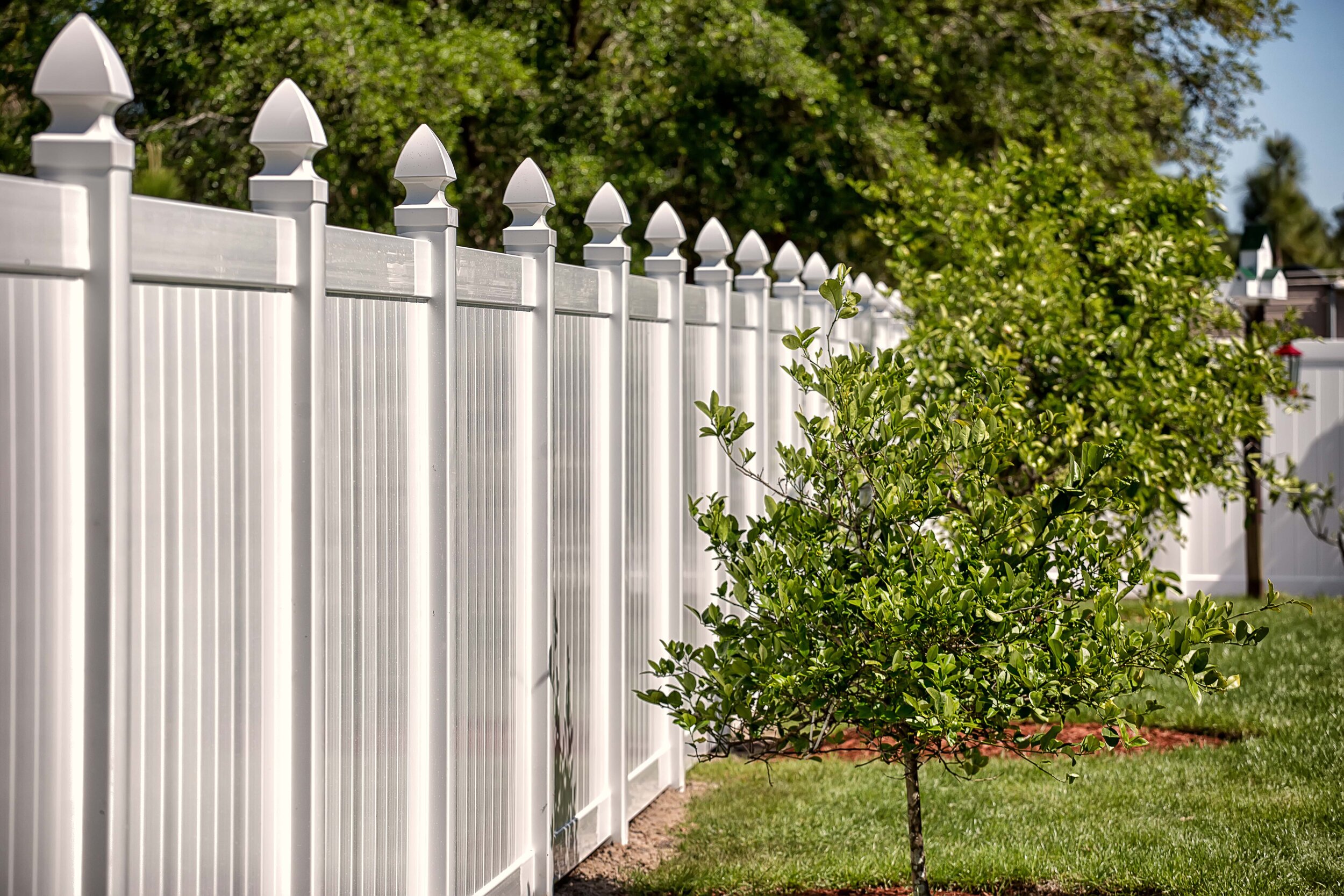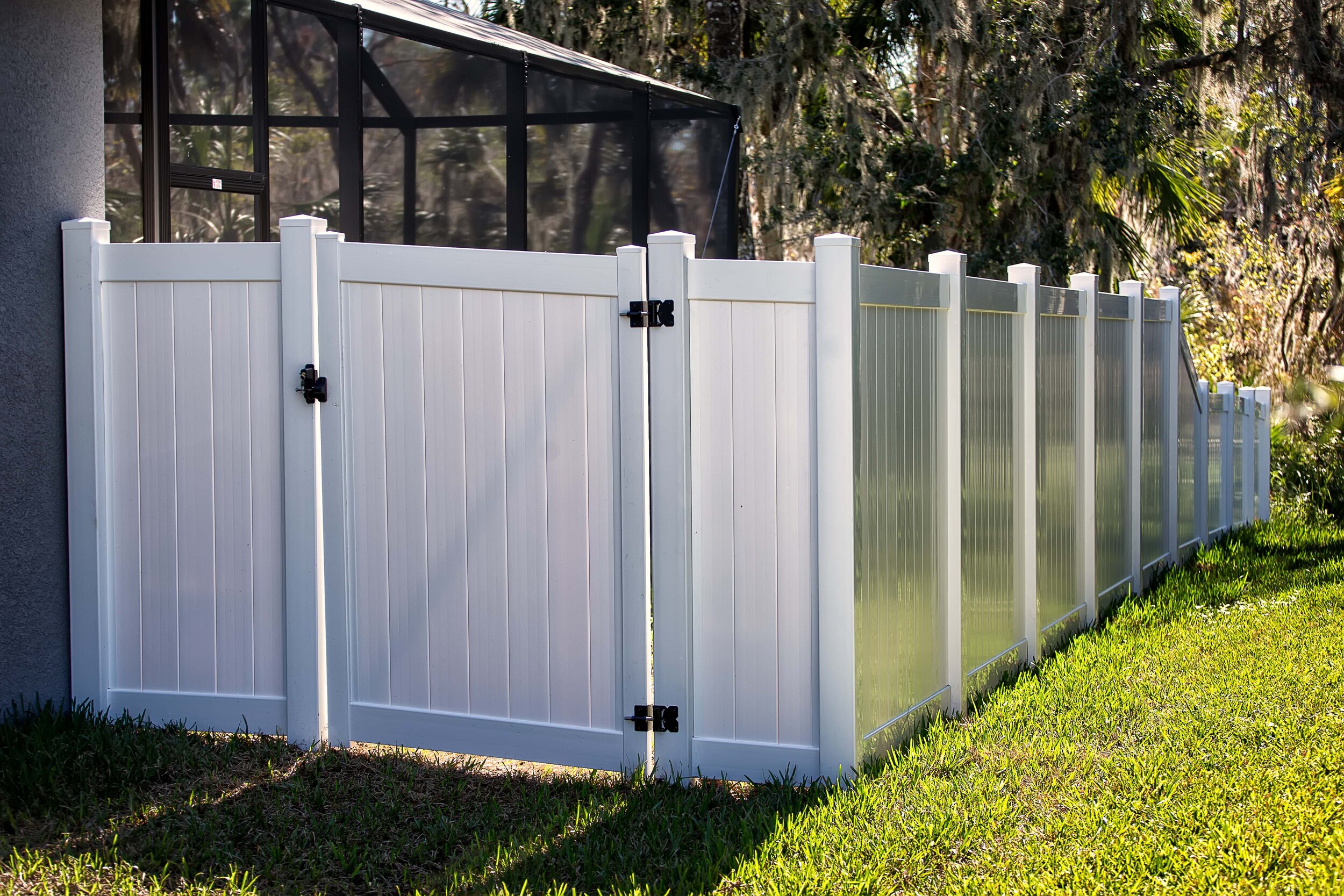How to Get the Most Out of Your Vinyl Fence
/VINYL FENCE
DISCLAIMER: AS AN AMAZON ASSOCIATE I EARN FROM QUALIFYING PURCHASES. THERE ARE AFFILIATE LINKS IN THIS POST. THIS MEANS THAT AT NO COST TO YOU, I WILL RECEIVE A COMMISSION IF YOU PURCHASE THROUGH MY LINK. I WILL ONLY EVER PROMOTE THE PRODUCTS AND SERVICES THAT I TRUST AND 100% RECOMMEND. YOU MAY READ MY FULL DISCLOSURE POLICY FOR MORE INFORMATION. THANK YOU FOR SUPPORTING MY BUSINESS IN THIS WAY.
When you think of a vinyl fence, what do you picture? If you envisioned a shiny-white piece of plastic, you’re not alone. The bright, cheap-looking vinyl fences were all the rage when vinyl fences entered the design scene.
But today, vinyl fences are made from increasingly high-quality materials — some of which are indistinguishable from real wood. Thanks to advances in the design of vinyl fencing, the material has become a popular choice for modern homeowners. Vinyl is durable, weather-resistant, and easy to install, making it an easy choice for a growing number of homeowners who value longevity and low maintenance.
Vinyl Fencing, Defined
Vinyl fences are made from a certain type of plastic: typically polyvinyl chloride, or PVC. This material is naturally resistant to rot, weather, and insect damage. Compared to other fencing materials, such as wood, vinyl is a low-maintenance alternative.
Pros and Cons of a Vinyl Fence
Pro #1: Low-maintenance
This is arguably one of the biggest advantages of using vinyl for your fence. Most materials, including wood, need to be periodically sealed and treated in order to withstand exterior elements.
Vinyl doesn’t require any of this. There’s no need to paint, seal, stain, or treat it. Simply wash your fence with soap and water to get rid of the dirt and debris, and it will stay in top condition for many years.
RELATED: 3 Things You Should Know Before Installing a Wood Fence
Pro #2: Durability
Vinyl is naturally resistant to almost any kind of damage imaginable, including fire, weather, and pests. It won’t allow the growth of mildew or fungus. Unlike wood, it’s not susceptible to termites.
The color of vinyl will last for years through all kinds of weather, making it an ideal choice for homeowners in coastal or rainy climates. When properly maintained, vinyl can last for decades.
Pro #3: Strength
A fence can be a decorative part of your yard, but it also has a real function. From kids throwing a baseball around in the yard to the lawn mower bumping up against a corner, a fence is guaranteed to see some everyday wear-and-tear.
Vinyl is a great choice because it is both strong and flexible. It doesn’t sag easily or bend under pressure, so it’s a great choice if you have active children or pets. It also doesn’t splinter the way that wood does, making it safer for young kids.
Con #1: Higher Installation Costs
One of the main (and only) drawbacks to vinyl fencing is the cost. As reported by Home Advisor, vinyl tends to be a more expensive up-front investment than wood.
However, the higher initial cost is often offset by lower maintenance costs over time. If you have the budget for vinyl, consider the ROI.
Con #2: Expansion over time
Vinyl is prone to swell and contract as the temperature changes. This is normal and not a sign of poor-quality material.
Still, it’s important to keep this in mind when you are installing the fence. An experienced contractor will leave enough room between each fence panel to allow for these regular variations.
Different Types of Vinyl Fences
Vinyl Picket Fence
Like most fence types, vinyl fences come in a range of styles. A vinyl picket fence mimics the classic silhouette of the iconically American wood picket fence. It consists of rails, posts, and vertical pickets that stand up between each post. These pickets come in a range of shapes and heights.
If you’re looking for more seclusion than a picket fence offers, consider going with a vinyl privacy fence. This fence type is taller, usually over 6 feet, and it is built using panels and posts.
The panels are typically prefabricated, and when they’re installed, they completely fill the gap between each post. These fences make it impossible for onlookers to see past the fence.
Vinyl Privacy Fence
A semi-privacy fence offers a nice compromise between the views of a picket fence and the solitude of the privacy fence. The fence consists of prefabricated boards with some space between each.
A split-rail vinyl fence, also called a ranch-style fence, is a great way to add rustic charm to your property. It has a simple layout that resembles the fences you see on a farm. Two horizontal rails run the length between each post.
In addition to these different styles, vinyl fencing comes in one of two structural types. A panelized fence is made up of posts and panels that are fitted between each post, while a board-and-rail fence consists of separate boards and rails. Usually, privacy fences are panelized, while split-rail fences are board-and-rail.
What to Before You Install a Vinyl Fence
Whether you’re doing it yourself or hiring a contractor, installing a vinyl fence is much easier than installing a wood or metal fence. The most important part is to space and line up the posts correctly.
Before you purchase the fence, familiarize yourself with local building guidelines. Do you need a permit to build the fence? This can vary from county to county, so check with your local permitting department to ensure that you’re in compliance with building codes. Also, if you live in an HOA check with the board to determine if there are any additional neighborhood requirements such as height, permeability, material, and color.
Once you’re ready to install, start by calling 811 (in the United States) so that your utility company can mark out the utility lines in your yard. It might take some time for the company to come out, but don’t rush the process — even if you’re on a deadline. Striking a utility line can be fatal. There’s no project that is urgent enough to rush this step along.
Next, double-check your property line to make sure you don’t accidentally erect a fence on a neighbor’s yard. This is a costly mistake that is all-too-easy to make. Even if you and your neighbor have always cut the grass along a certain line, it’s a good idea to double-check the property deed.
Finally, use spray paint to indicate the borders of your property line where you will be putting up the fence. Move away any weeds, stones, toys, or mounds of dirt that are obstructing the fence line.
Conclusion
Enclosing your yard with a vinyl fence is a great way to improve the security and decorative appeal of your home. If you’re handy, consider saving some costs by installing the fence yourself. Otherwise, hire a reputable contractor. Once it’s installed, you’ll be able to reap the benefits of your beautiful, low-maintenance vinyl fence for years to come.
Brandon Hubbard, AIA, NCARB, LEED AP BD+C






